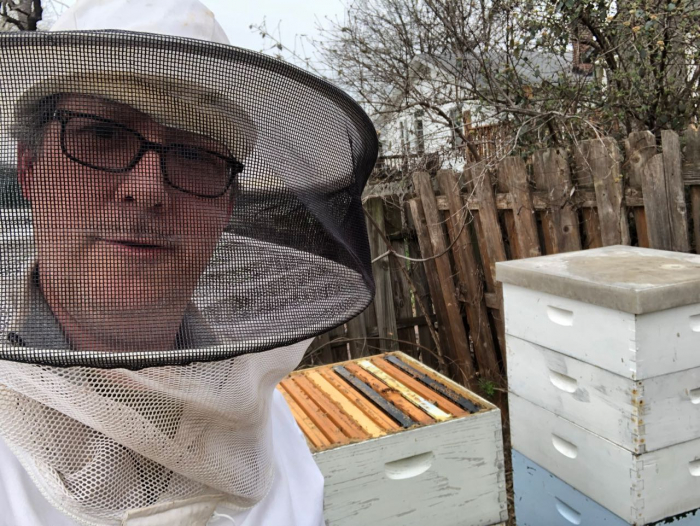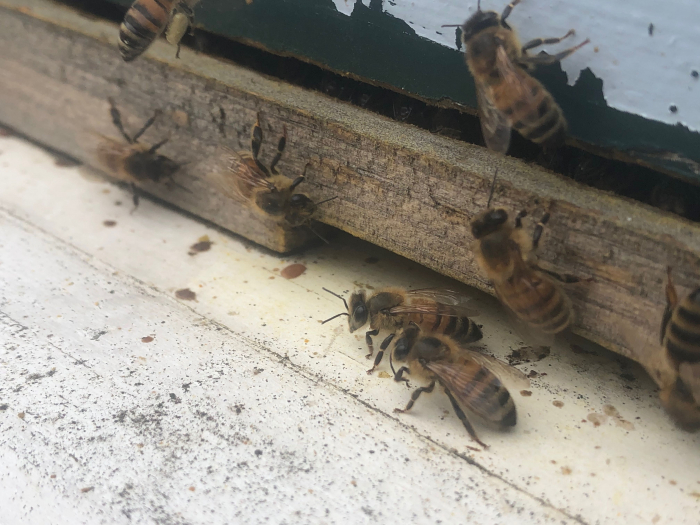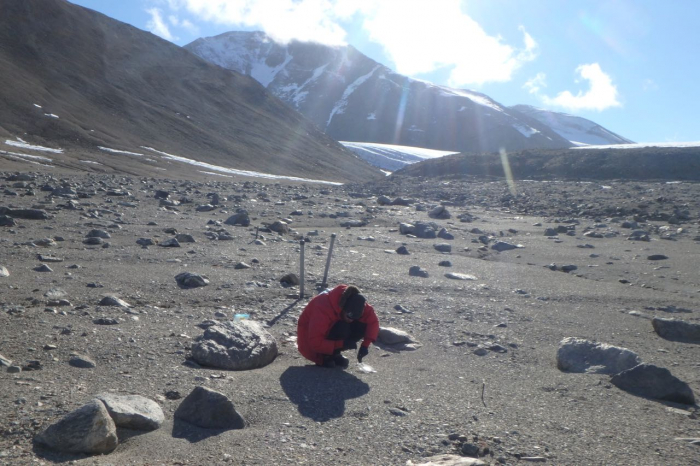Weather
Weather: Partly Cloudy Temp: 48-57 F Wind Speed: NNE 4 MPH UV Index: 0
Location
Location: Saint Louis, Missouri Coordinates: 38.6270° N, 90.1994° W
Places are defined by the creatures that live there. Most places around the world have that creature that is deeply associated with the glory or grandeur of the place itself. In China it's the giant Panda, in Australia, the Koala, in Maine, the Moose, and in Russia, the brown bear. Humans have an innate love for these representative animals. In a recent talk, Dr. Byron Adams, with whom I will be working this December, described these animals as the "charismatic megafauna". These animal species have enough emotional and metaphorical power to stand in for entire ecosystems within the minds of us association-making humans.
In a paper investigating this concept, the authors sought to rank the most charismatic of the megafauna. (Albert, Céline & Luque, Gloria & Courchamp, Franck. (2018). The twenty most charismatic species. PLOS ONE. 13. e0199149. 10.1371/journal.pone.0199149.) An animal may attain charismatic megafauna status, according to the researchers, if it possesses and abundance of the following qualities- cute, endangered, rare, beautiful, impressive, and/ or dangerous. Tigers, by the way, are the planetary winners.

Charismatic mega fauna matter because they draw our attention to earth's ecosystems and the interrelationship between these organisms and ourselves. When we began keeping bees at our school in Missouri, we soon found out it wasn't the prospect of learning a trade or the relevance of the pollinator biology that interested students and community members. It was their fuzziness. It was their association with blissful spring days. For many students, it was to prospect and thrill of danger while working them. Bees are also an indicator species for the health of our human environments. When several new diseases and chemical agents recently led to crashes in honey bee populations people took note. The perils affecting the charismatic honey bee sparked the interest of unconnected people from all backgrounds. The awareness and resulting action taken by folks around the country has had benefits far downstream for our native insects and native ecosystems.

These megafauna become ambassadors for those less charismatic or less well know organisms in their ecosystems. Antarctica, in most imaginations, is connected to the awkward, waddling penguins that call the edges and islands of the continent their home. Dr Adams pointed out that these majestic swimmers are marine organisms. If we want to identify the charismatic megafauna of the continent of Antarctica, we might want to search the soils of the Dry Valleys. Here, surviving in the driest, coldest, most energy starved environments, we will find the largest land animals of the continent.
For cuteness, most people would go for the Tardigrade. These little critters, at 0.5 millimeters, would normally not be considered "mega", nor would they be considered dangerous. When it comes to surviving danger, tardigrades rank higher than any other organism. They are able to survive completely drying out and recently have been demonstrated to survive the vacuum of outer-space.

Next on the list is the rotifer. These soil and water dwelling creatures are not rare but one of their adaptations surely is. Rotifers are hatched with the number of cell nuclei (the organelle in the cell that contains the DNA) they will have for their entire life. What seems like a limitation may be the very thing that allows them to survive the harsh ultraviolet radiation in some of the most extreme environments on Earth. Like the tardigrades, they can be reanimated after completely drying out.
The tiger of the Antarctic megafauna is the collembola or springtail. These primitive hexapods (six legs like an insect but no wings) are quite rare in the dry rocky soil, with densities of 2 per 1000m2 . They can be pretty cute, with stubby legs, and big eyespots giving them potential to be represented as a stuffed toy. Besides rarity and cuteness, they are also impressive. A 1.5 mm springtail can use its furcula (a special appendage which they keep folded between their legs) to spring up to 200 mm into the air- over 130 times their length! That qualifies as impressive!
Nematodes are everywhere. My college zoology professor described their ubiquity as such- If everything on earth vanished, except for the nematodes, there would be an outline of everything that used to be here in nematodes. That may be hyperbole but they certainly do exist everywhere, including the very extremes of habitats. In his talk, Dr. Adams made a case for the nematodes consideration as a charismatic megafauna. Their beauty comes with their simplicity. Upon seeing these small, translucent round worms, their elegance is unmistakable.
Which do you think is the most Charismatic Megafauna of the Antarctic Continent? Leave your thoughts below!


Comments